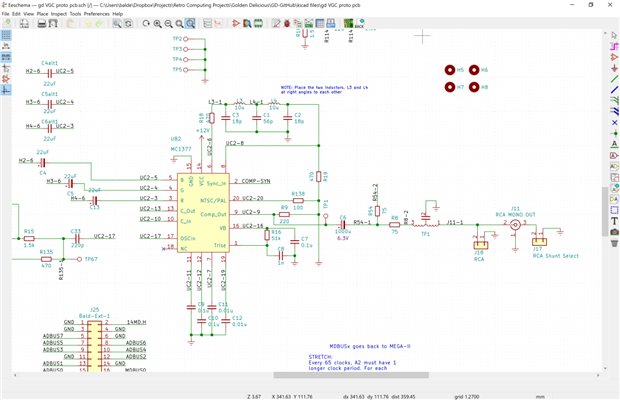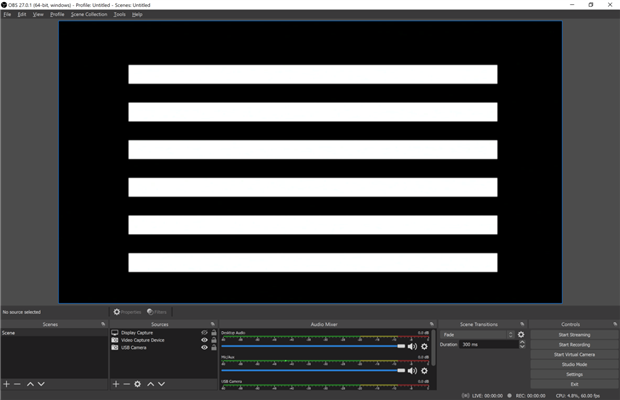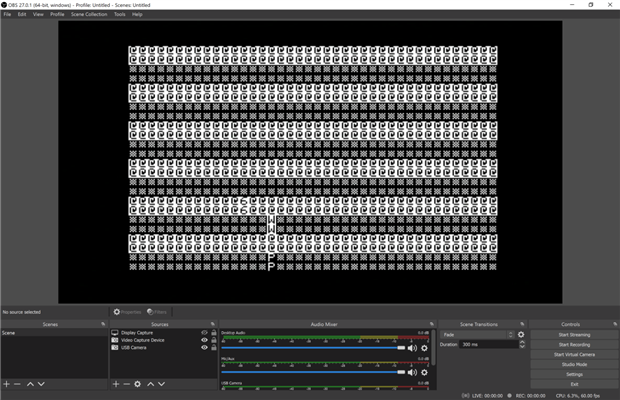A project I've been working on for several months, or years depending on how you count, is build a Mini Apple IIe. (Originally it was a portable, now its just a mini.) The key to the project is the MEGA-II ASIC from the Apple IIgs. It contains all of the support logic found in old Apple II computers. (Approximately 80 7400-series chips!).
Since no one has ever used the MEGA-II in this way, I decided to build a couple of prototype boards to test three key sections: 6502, MEGA-II, and VGC. Turns out, we have the 65c02 and MEGA-II to be seemingly working. It even attempts to boot the Apple IIe ROM. (And then it appears to panic.)
So, I moved our attention to the video board. There are two basic sections on the board: the digital side and the analog side. The digital side consists of the VGC (video graphics controller) ASIC and three 4-bit DACs for RGB. Long story short, the MEGA-II generates the classic Apple II video bitstream, the VGC+DAC section converts it to analog R,G,B.
The analog part of the video circuit is based on an MC1377 RGB-to-NTSC encoder. That is the part of the circuit giving me trouble. In this iteration of the project, I just copied the circuit from the Apple IIgs. (My final project won't have composite.) The problem is that when I attach a video receiver or terminate the MC1377's output with 75-ohms, its output drops from 2.6 Vpp to 300 mVpp. A bit too small.
Here's the circuit:
The Full KiCad file is available here.
Here's the comparison of output:
In both cases I am, effectively, probing at J18's signal. On the right, I terminate that node with a 75 ohm resistor. (Same behavior with an actual composite receiver.)
A bunch more waveforms and link to MC1377P datasheet here: https://www.baldengineer.com/mc1377-measurements-on-mini-apple-iie-prototype-video-board.html .
Any ideas why the output is clamping so hard?






